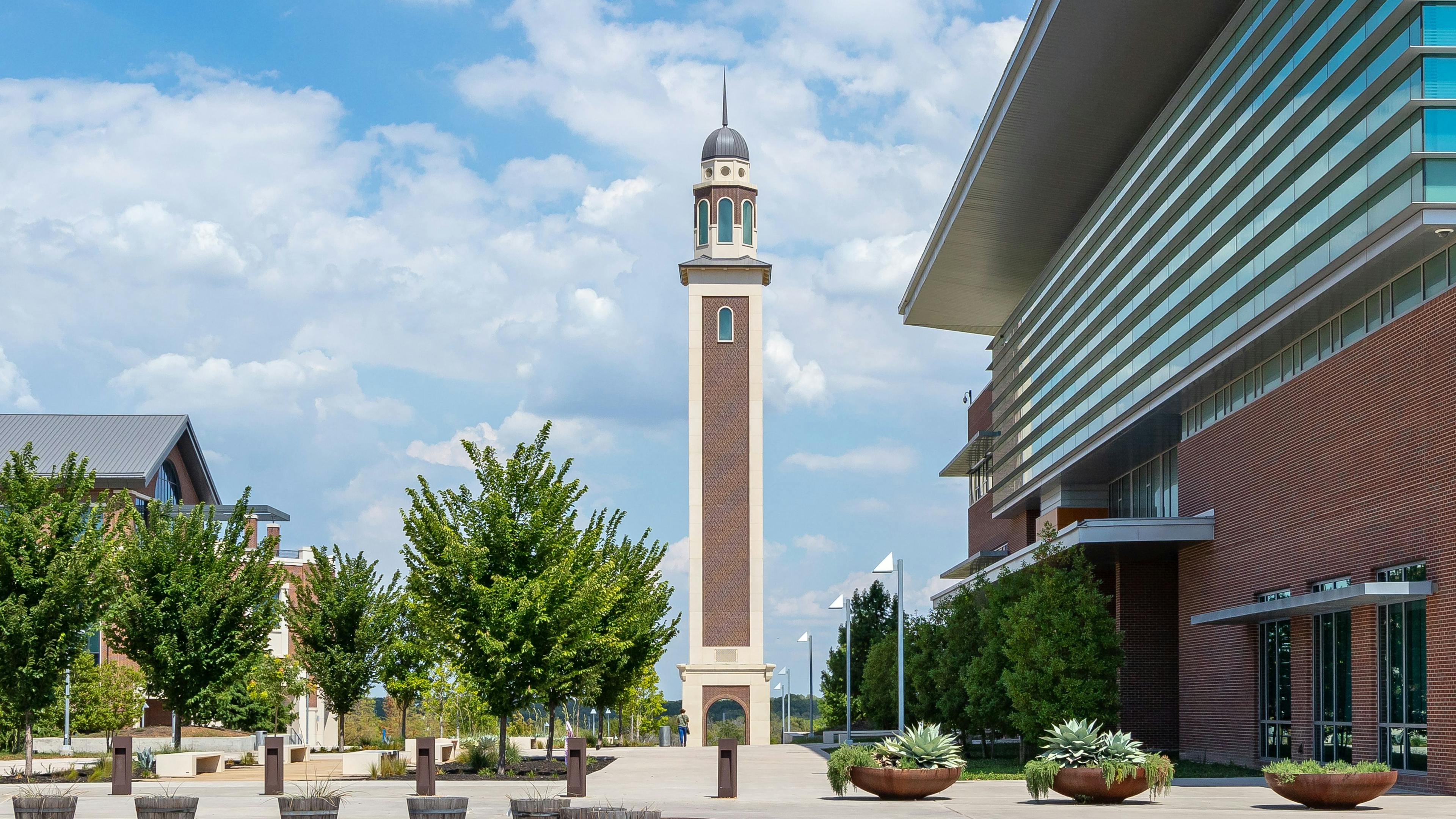
Seven Steps to Manage Traffic and Secure a Safe Work Zone
Traffic can be among one of the biggest challenges for construction crews to get the job done right and keep the public safe. This was especially true for S.T. Wooten when its team repaved a busy 10.8-mile stretch of U.S. Route 64 between Zebulon and Rocky Mount in North Carolina.
The project aimed to increase safety on the road for years to come, using open grade friction course to help improve tire grip and reduce problems with vehicles hydroplaning or skidding out of control. Before the project could start, the team needed to prepare for safety during the construction phase.
While each road paving project is different, commitment to safety and liability should be consistent. Outlined below are seven practical steps the S.T. Wooten team took to secure the U.S. Route 64 work zone based on the best practices the company aims to implement on every road construction project.
1. Tap well-trained staff
First and foremost, field staff and supervisors must have the expertise needed to install a safe work zone. These staff members go through a rigorous process for training and certification to ensure they’re well-equipped to help prepare for these types of environments.
2. Follow the rules
The team was careful to ensure it took safety precautions for the work zone based on the contract for the project and NCDOT specifications. These guidelines provide a roadmap for the installation of advanced warning signs that alert the public of the work zone and provide information on traffic patterns and lane closures.
3. Take things personally
While it’s important to follow standard safety precautions, always strive to put a personal touch on preparation. By taking a step back and asking oneself if a significant other or loved one could navigate the area easily and safely, the team assumes an extra level of ownership to ensure everyone’s safety.
4. Do daily inspections
It was important to perform routine drive-throughs of the U.S. Route 64 work zone to keep an eye out for potential safety hazards, while also making sure signage remained set up and spaced accordingly. Conducting regular walk-throughs inside the work zone also helped to be on the lookout for potential safety hazards workers or drivers might encounter on the jobsite.
5. Stay alert with teamwork
With so much traffic coming through on the busy highway, onsite workers had to be extra attentive—for themselves and the other crew members. With ongoing risk factors such as distracted driving, it is always important for crews to keep their eyes open, communicate with each other and maintain a safe distance from vehicles on the roads.
6. Keep traffic under control
In addition to planning and ongoing maintenance surrounding the jobsite, working closely with local law enforcement played a major role in traffic control. Leveraging police presence strategically in the road work area can serve as a warning signal for drivers and deterrent for speeding.
7. Document everything
Document progress in detail with plenty of photos and videos of the site when possible to capture progress on construction. Like an insurance policy, it helps ensure there’s back-up in case an accident or other issue were to occur in the area.
Driving through road construction isn’t always pleasant for the public, but the benefits typically outweigh the temporary inconveniences in the long run. That’s especially true when construction crews make safety a primary priority in the work zone. With a proper plan that’s designed and executed by well-trained staff, teams can ensure they are prepared to handle the unforeseen events that might come their way.
With a commitment to protecting the community and employees, S.T. Wooten crews stayed focus and delivered solid results on the U.S. Route 64 project.
Related stories








